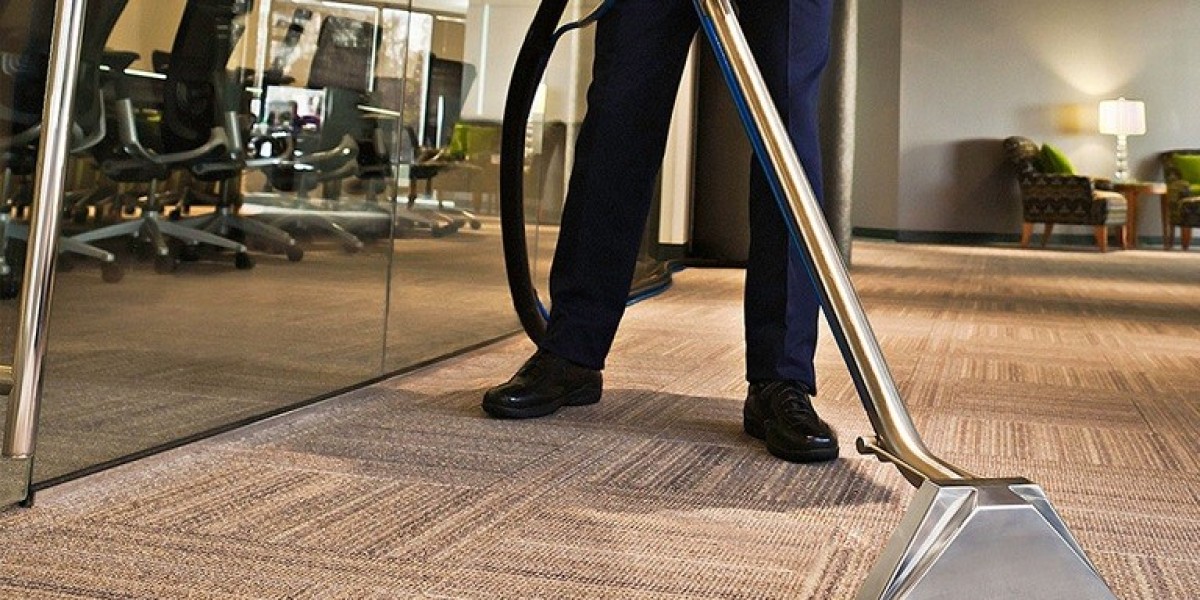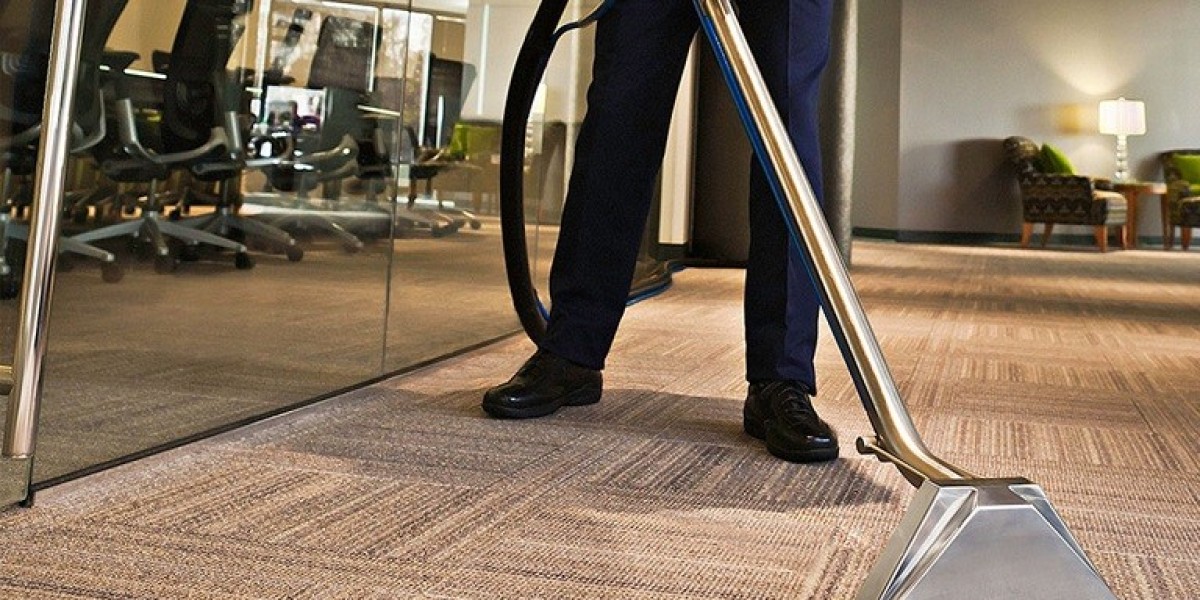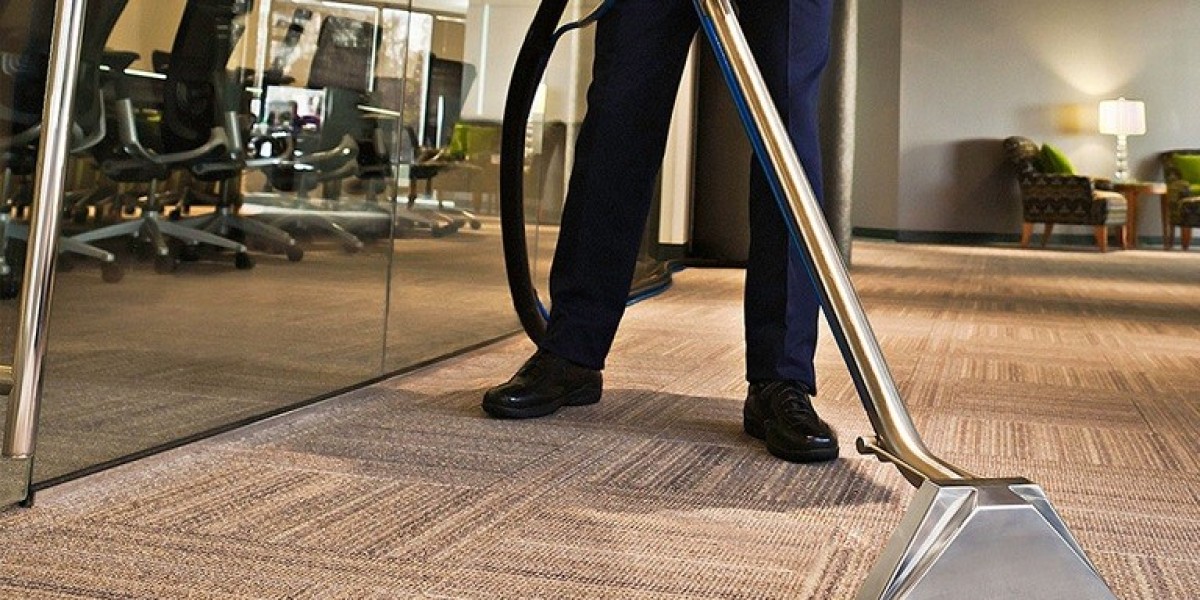
Carpets are an integral part of many homes and commercial spaces, providing comfort, aesthetic appeal, and insulation. However, they also accumulate dirt, allergens, and stains over time, necessitating regular cleaning to maintain their appearance and hygiene. This article explores the science behind carpet cleaning, the various techniques available, their benefits, and best practices for effective cleaning.
Understanding Carpet Composition
Carpets are made from a variety of fibers, including natural fibers like wool and synthetic fibers such as nylon, polyester, and olefin. Each type of fiber has unique properties that influence cleaning methods. For instance, natural fibers tend to absorb moisture and stains more readily, while synthetic fibers are often more resistant to stains but can be sensitive to heat. Understanding the composition of a carpet is crucial for selecting the appropriate cleaning method.

The Importance of Regular Cleaning
Regular carpet cleaning is essential for several reasons:
- Health Benefits: Carpets can harbor allergens, dust mites, and bacteria. Regular cleaning helps reduce these health risks, particularly for individuals with allergies or respiratory issues.
- Aesthetic Appeal: Clean carpets enhance the overall appearance of a space. Stains and dirt can detract from a room's aesthetic, making it look unkempt.
- Longevity: Regular maintenance can extend the life of a carpet. Dirt and debris can wear down fibers over time, leading to premature replacement.
- Odor Control: Carpets can absorb odors from pets, spills, and smoke. Cleaning helps eliminate these odors, contributing to a fresher indoor environment.
Carpet Cleaning Techniques
There are several methods for cleaning carpets, each with its own advantages and limitations. The choice of method often depends on the type of carpet, the nature of the stains, and personal preference.
1. Vacuuming
Vacuuming is the most basic form of carpet cleaning and should be performed regularly. It removes loose dirt, dust, and debris from the surface of the carpet. High-quality vacuum cleaners with HEPA filters can trap allergens, making them ideal for households with allergy sufferers. It is recommended to vacuum high-traffic areas at least twice a week and less frequented areas once a week.
2. Hot Water Extraction (Steam Cleaning)
Hot water extraction, commonly known as steam cleaning, is one of the most effective deep-cleaning methods. This technique involves injecting hot water mixed with a cleaning solution into the carpet and then extracting it along with dirt and stains. The high temperature helps to dissolve dirt and kill bacteria. Steam cleaning is particularly effective for removing deep-seated stains and allergens.
However, it is essential to ensure proper drying after steam cleaning to prevent mold growth. Carpets should be dried within 24 hours, and using fans or dehumidifiers can expedite the drying process.
3. Dry Cleaning
Dry cleaning involves applying a dry cleaning solvent to the carpet, which is then agitated with a machine to loosen dirt. Afterward, the solvent is vacuumed away, along with the dirt. This method is beneficial for delicate carpets that may be damaged by water or heat. While dry cleaning can be effective for surface stains, it may not penetrate as deeply as steam cleaning.
4. Bonnet Cleaning
Bonnet cleaning is a method often used in commercial settings due to its quick drying time. A rotary machine with a cleaning pad is used to apply a cleaning solution to the carpet's surface. The pad absorbs dirt and stains as it rotates. While bonnet cleaning is effective for maintaining appearance, it does not provide a deep clean and is best used in conjunction with other methods.
5. Carpet Shampooing
Carpet shampooing involves applying a foamy cleaning solution to the carpet and scrubbing it with a machine. The foam encapsulates dirt, which is then vacuumed away. This method can be effective for removing stains but may leave a residue if not rinsed properly. Additionally, carpets can take longer to dry compared to other methods.
Benefits of Professional Carpet Cleaning
While homeowners can perform many carpet cleaning tasks themselves, professional cleaning offers several advantages:
- Expertise: Professionals are trained to identify the best cleaning method for different types of carpets and stains.
- Advanced Equipment: Professional cleaners use industrial-grade equipment that can achieve deeper cleaning than most home machines.
- Time-Saving: Hiring professionals saves time and effort, allowing homeowners to focus on other tasks.
- Stain Removal: Professionals have access to specialized stain removal products that can effectively tackle tough stains.
Best Practices for Carpet Maintenance
To keep carpets looking their best between cleanings, consider the following maintenance tips:
- Immediate Spill Response: Blot spills immediately with a clean cloth to prevent stains from setting. Avoid rubbing, as this can spread the stain.
- Regular Vacuuming: Establish a regular vacuuming schedule to prevent dirt buildup. Use a vacuum with adjustable height settings for different carpet types.
- Use Mats and Runners: Place mats at entryways to reduce the amount of dirt tracked onto carpets. Runners in high-traffic areas can also protect carpets from wear.
- Professional Cleaning Schedule: Schedule professional cleanings every 12 to 18 months, or more frequently for high-traffic areas or homes with pets.
- Protective Treatments: Consider applying a carpet protector after cleaning to enhance stain resistance and prolong the carpet's life.
Conclusion
Carpet cleaning is a vital aspect of maintaining a healthy and aesthetically pleasing environment. With various cleaning techniques available, homeowners can choose the most suitable methods based on their carpets' needs and their cleaning preferences. Regular maintenance, combined with professional cleaning, can significantly enhance the lifespan and appearance of carpets, ensuring they remain a cherished part of any space. By understanding the science behind carpet cleaning, https://premiercarpetcleaning.co.uk individuals can make informed decisions that benefit both their carpets and their health.






